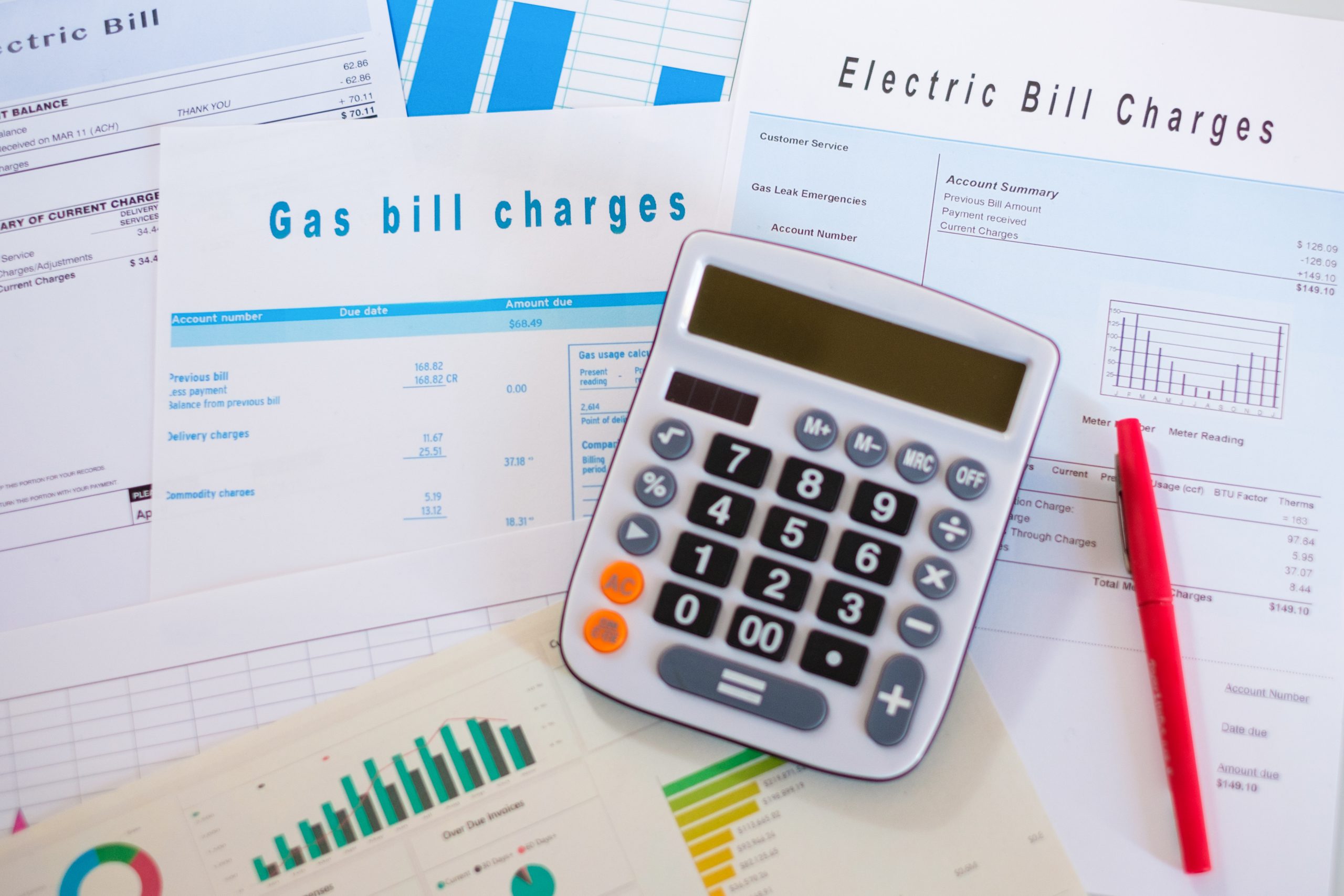Household Bills
Typical energy bills to settle at £2,800 from summer

Energy bills for a typical household are predicted to fall below the government’s benchmark figure from July 2023, but will still remain “extraordinarily high” according to a leading consultancy.
Billpayers are cushioned from the full force of soaring energy costs under the government’s Energy Price Guarantee.
It takes average bills to £2,500, though the actual price paid is based on household usage (it caps the standing charge and unit rates). The Energy Price Guarantee will rise to £3,000 from April.
This guarantee superseded the energy regulator Ofgem’s own energy price cap which was also a mechanism to curb bills for the 22 million households on default tariffs.
If the guarantee were not in place, dual fuel households paying by direct debit would be forking out an average of £4,279 a year from 1 January to 31 March 2023.
While the government’s Energy Price Guarantee is set to rise to £3,000 from April 2023, according to energy consultancy Cornwall Insight, it predicts energy bills will fall below this figure from July 2023.
It suggests bills will settle at around £2,800 for the second half of 2023, £300 above the current guarantee rate (£2,500), but lower than the £3,000 figure from April.
Cornwall Insight explained that falling wholesale prices are the main contributor to the predicted drop, but as suppliers typically buy their energy ahead of time (hedging), this will only start to feed through in Q3 2023.
Energy bill pressure
However, it added that despite the fall in forecasts, “bills are set to remain significantly above pre-pandemic levels”.
Craig Lowrey, principal consultant, said: “If the price cap does indeed ultimately end up below the prevailing EPG level, then the support scheme will effectively no longer be a cost to the government as we move into the second half of 2023.”
This is because the government currently compensates suppliers with the difference between its guarantee and Ofgem’s energy price cap.
Lowrey added: “Even if current levels of wholesale prices are maintained, then the pressure may well still be there for the government to assist consumers in homes and businesses, as bills will still remain extraordinarily high. For example, our current forecast of the Q3 2023 domestic cap of just over £2,800 per annum is over twice the corresponding 2021 cap level.
“Despite the drop in the price cap, the overall cost to the government of the EPG for the period to 31 March 2024 is still a predicted £37bn, money which will need to be recovered through the taxpayer.”
Cornwall Insight added that blanket measures of bill support “are not providing adequate protection for the most vulnerable” and more targeted measures including social tariffs “may be something for the government to consider”.
Lowrey concluded: “While the details of future support are best left up to the judgement of politicians, the forecasts demonstrate we must look beyond the current policy if we are to see a fairer, more cost-efficient and enduring way of reducing household energy bills for those who need it the most.”